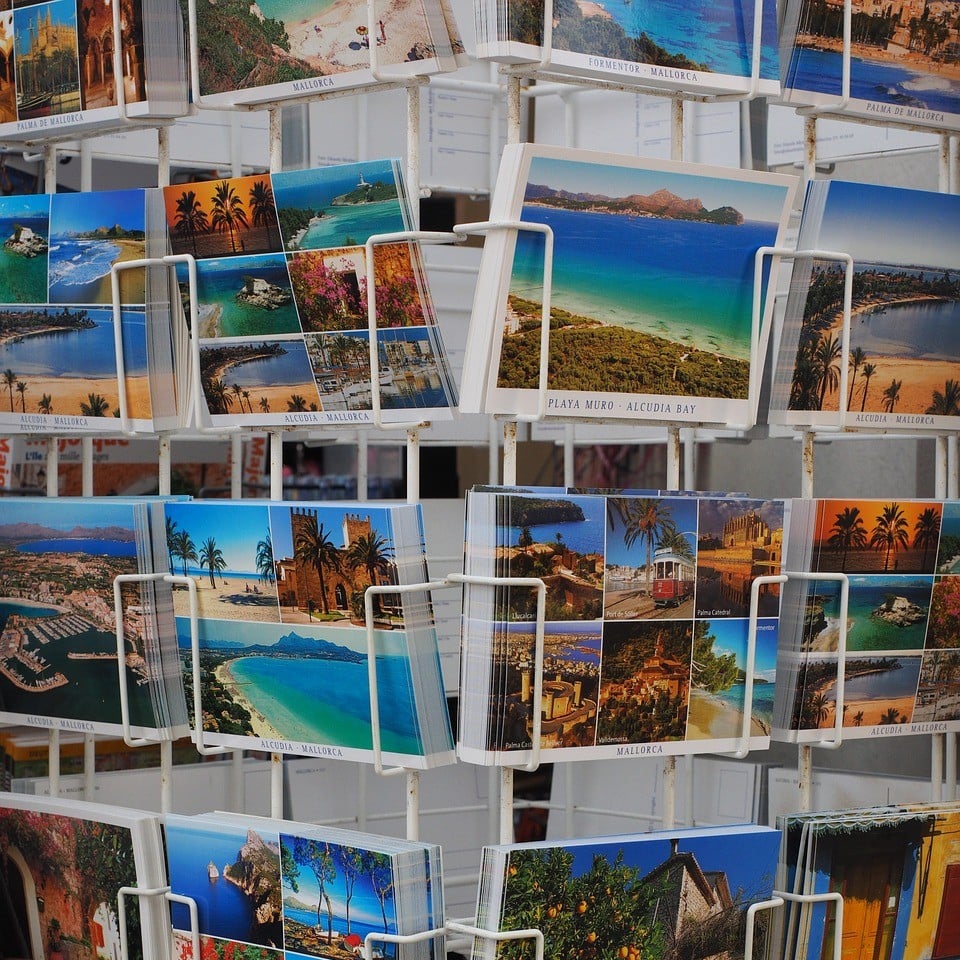Published:
Postcards could be dated back to the Victorian era in the UK. It was the first time that brightly colored photos were sent and received to share the joy of special occasions, travel destinations, and precious memories. However, there has been a steady decline in the sales of postcards, predominately due to the rise of social media and portable technologies. These platforms have led to instant sharing and convenience for postcard consumers.
Just a few decades ago, more than 20 million postcards were sold each year around the world, but now it has decreased by almost 75% to just 5 million. Many publishers are closing or decreasing their production to respond to the decline in demand. For example, J. Salmon, Britain's oldest postcard publisher, ceased printing in 2017 and sold their stocks in 2018. Postcards were a great way for tourist locations to capitalize on their opportunity to generate revenue by developing a business model that provides the customer with an exceptional experience, in turn encouraging them to purchase memorabilia from the venue. This is important in developing nations like Mexico, for which tourism can have a large impact on their economy, as well as for the longevity of small businesses in developed nations like France.
Social media has overtaken this industry. Many travelers are sharing their journey with selfies and tagged locations. Conveniently, it allows for instant interaction among families and friends. People's travel habits have also changed, from long vacations to shorter ones due to technology advancements and time constraints. Nowadays, travelers would often be back before the postcards even arrive.
This decline has affected post offices around the world. Stamp sales have decreased in millions in the recent decade just in the United States alone. It also affects the earning of local souvenir sellers, lowering their income and purchasing power. Responding to the change in demand, many postcard companies are now relying on printing for galleries and exhibits. For example, the National Gallery of Art has over 100 varieties to choose from. This trend was destined to occur. Both companies and sellers involved in this industry should adapt to these changes and explore alternative uses of their resources.
File under






